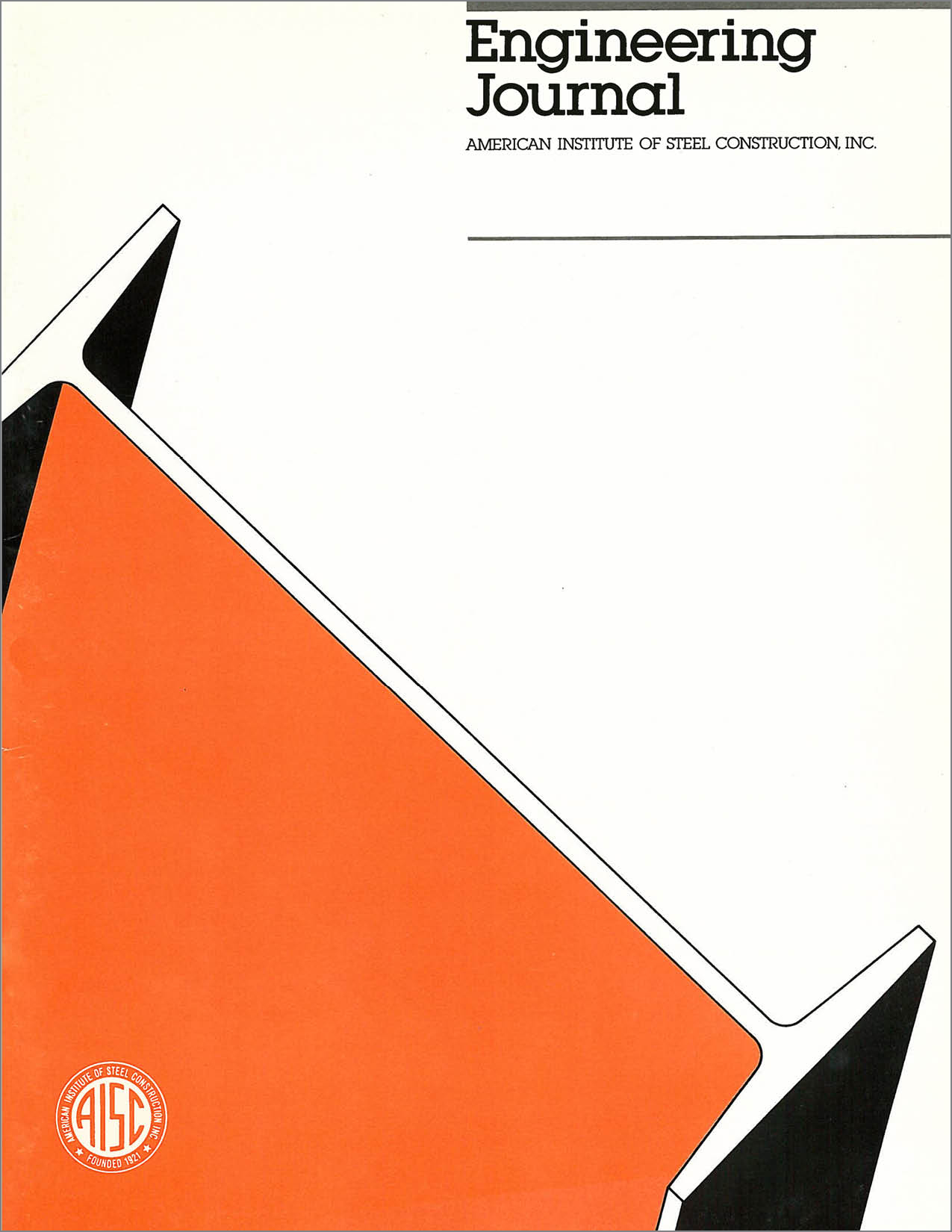Forces on Bracing Systems
DOI:
https://doi.org/10.62913/engj.v29i1.581Abstract
The bracing systems that are the subject of this work are structural components or assemblies that are intended to prevent buckling or reduce the effective unsupported length of columns, towers, truss chords, and other members or structures loaded in compression. (In some applications, the same system is also used to resist externally applied loads.) Widely varying criteria, with little or no rational basis, are in use for the design of these bracing systems. It is generally recognized that bracing systems need stiffness (to limit deformation of the braced components or structures and to cause them to behave in the intended manner) and strength (to provide the necessary stabilizing forces). In many situations, the stiffness and strength requirements are related to each other: reduced stiffness allows greater deformation, which in turn results in increased force on the bracing. Rigorous analysis to determine the required stiffness and strength of bracing systems can be very complicated. Fortunately, rigorous analysis is rarely necessary. The simple, approximate, bounded solution proposed in this paper is applicable to most situations that designers are likely to face.

